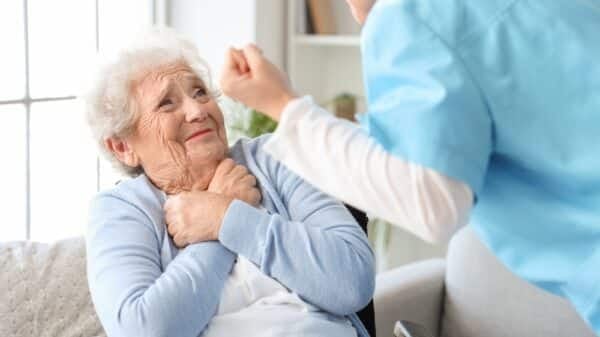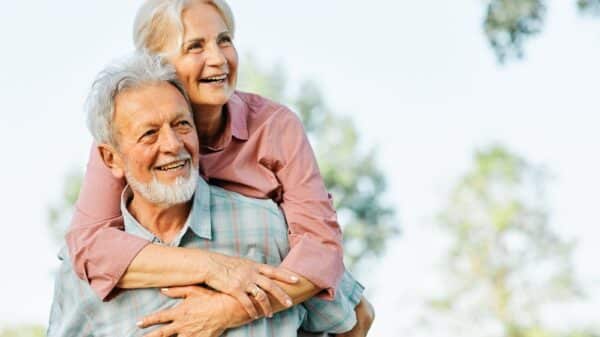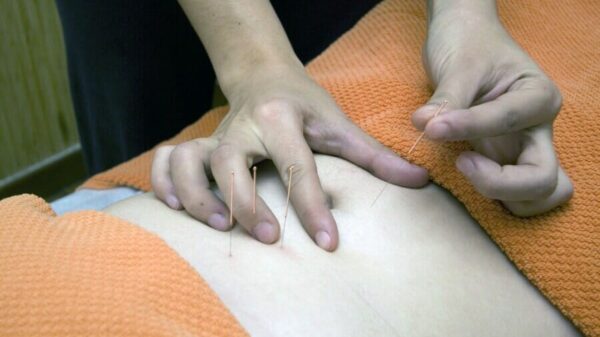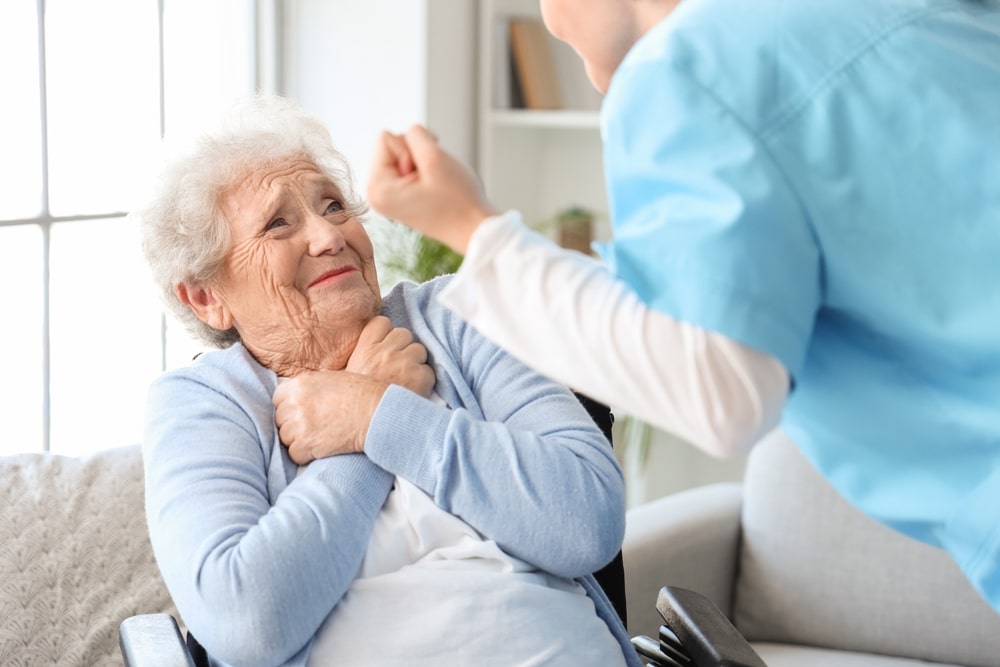Elder abuse is a haunting undercurrent that often goes unnoticed in our society, surfacing mostly in chilling news reports rather than everyday conversations. This issue is becoming increasingly daunting as our population ages, with more seniors enjoying longer lives. Yet, not all of them experience their golden years free from fear and harm. The repercussions of elder mistreatment ripple through victims’ lives, impacting their physical health, emotional wellbeing, and overall quality of life in profound ways.
To truly grasp the enormity of elder abuse, we must first understand what it encompasses. It is a cruel umbrella term for a multitude of harmful behaviors directed at older adults. It can manifest in various forms: physical abuse signifies outright violence, where elders may face hitting or pushing; emotional abuse involves more insidious tactics such as humiliation or threats, breaking down an individual’s spirit; financial exploitation might mean theft or fraud, robbing seniors of their hard-earned savings; and neglect, which can be as damaging as any physical harm, involves denying elderly individuals their basic necessities, like food and medical care. Shockingly, these violations can occur not just in the shadows but right in the places where seniors seek support, like their own homes or care facilities, often at the hands of those they trust the most: caregivers, family members, or institutional staff.
But why does elder abuse so often fly under the radar? Victims tend to carry heavy burdens of shame and fear of retaliation, which for many can be paralyzing. They may worry about the consequences of speaking up or feel their situation is so hopeless that sharing it seems pointless. Isolation only compounds these fears, trapping seniors in environments where they have limited contact with outsiders who could help. Additionally, cognitive impairments can create barriers to communication, robbing seniors of the ability to articulate their experiences effectively.
The emotional toll of elder abuse is particularly devastating and can manifest in ways that are not only heart-wrenching but also life-altering. Clinical depression and anxiety disorders commonly arise from the emotional trauma inflicted by abuse. Victims find themselves entangled in feelings of helplessness and hopelessness, with their mental state spiraling into disruptions in sleep and declining overall life satisfaction. Moreover, accessing mental health support can be overwhelmingly difficult for many older adults, leaving their emotional scars untreated.
Perhaps one of the most heartbreaking consequences is the loss of trust that victims experience. That vital sense of security that we often take for granted becomes a distant memory for many seniors. This breach can lead them to withdraw from social interactions, pushing away friends and family in a misguided effort to protect themselves. Unfortunately, isolating behaviors only deepen their vulnerabilities, creating a vicious cycle where the lack of social connections exposes them to further mistreatment.
The relationship between ongoing abuse and cognitive decline is a distressing truth that many might not consider. Research indicates that prolonged exposure to stress can accelerate cognitive deterioration. Elevated cortisol levels, a byproduct of chronic stress, can wreak havoc on brain structures, particularly the hippocampus, which is crucial for forming new memories. It’s a cruel twist: the very symptoms of cognitive decline may be exacerbated by the abuse itself, further complicating diagnosis and care.
When we shift our focus to the physical consequences of elder abuse, the picture becomes equally grim. The raw reality of physical abuse often leaves behind visible marks—bruises, fractures, or abrasions signaling that something is seriously wrong. Yet the implications extend far beyond these injuries. Untreated wounds can develop into chronic pain conditions, restricting mobility and independence for the elderly. Suddenly, simple everyday actions—like taking a leisurely stroll or even just getting out of bed—can become monumental challenges.
Moreover, the ongoing stress of abuse takes a toll on the immune system, which is already weaker in older adults. With a compromised immune response, seniors become more susceptible to infections, their wounds heal slowly, and managing pre-existing health conditions becomes increasingly challenging. Just think about it: neglecting basic health needs, like medications and nutrition, can spiral into dire consequences, especially for those battling chronic diseases that require regular management.
Yet, amidst these grim realities, there lies hope. By raising awareness and understanding the signs of elder abuse, we can take actionable steps to protect our elders. It is our collective responsibility to ensure that every senior lives with dignity, free from the shadow of mistreatment. By fostering conversations around this topic, we can break the silence and empower victims to seek help, allowing them to reclaim their lives free from fear and harm. After all, our elders deserve nothing less than to enjoy their twilight years in peace and security.
Image Source: Pixel-Shot / Shutterstock

































